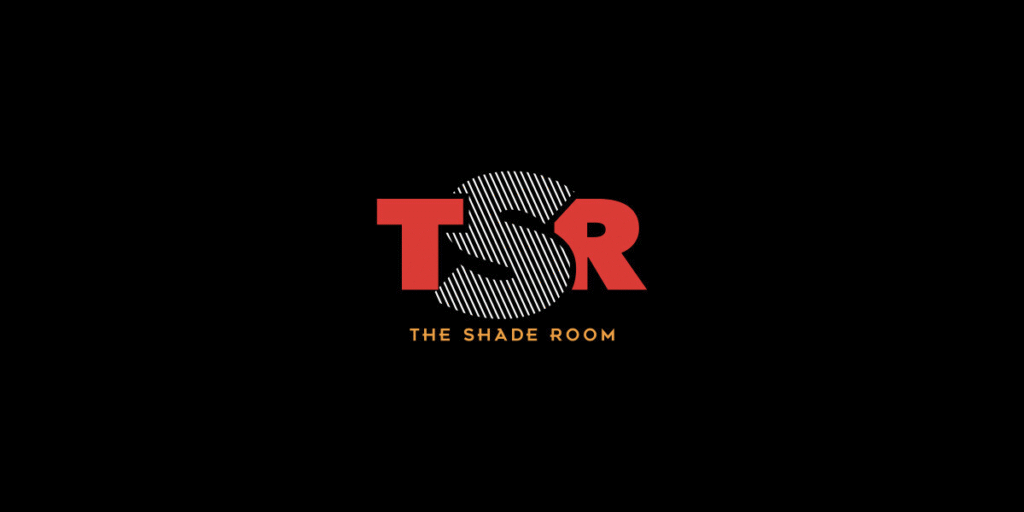Google is more than a search engine. In 2025, it’s the biggest marketplace, ad platform, and discovery tool all in one. For businesses, it’s not a choice but a necessity. The companies that will thrive will be those who learn to align their strategy with Google’s ever-changing ecosystem: from smarter paid campaigns to cutting-edge SEO and a broader presence across Google’s network.
Smarter Paid Google Campaigns
Search Advertising Meets New Search Approaches
Search advertising still anchors Google’s business model, but the way campaigns work today has changed.
AI-Powered Responsive Ads are now the norm. Instead of testing a few headlines and descriptions, Google’s systems dynamically create ad copy in real time. Success depends on feeding the algorithm with diverse, high-quality variations that reflect different customer needs.
First-Party Data Targeting has become crucial. With third-party cookies being phased out, brands are now integrating CRM and purchase history into their campaigns. Google uses this data to build predictive audience segments, making ads more precise than ever.
Another big change is the rise of Conversational Search Optimisation. With more searches happening by voice ads written in natural, question-style language are outperforming traditional keyword-heavy copy. The brands that adapt their tone to mimic how people speak rather than type are seeing stronger engagement.
Shopping Campaigns Get Visual
Within the paid landscape, shopping ads are particularly powerful. They let customers see, compare, and click without leaving Google. The system prioritises product feeds that are accurate, visually engaging, and linked to competitive pricing. Working with a specialist Google Shopping agency ensures campaigns are aligned with Google’s latest AI-driven systems, so every ad pound goes further.
Performance Max and Cross-Channel Reach
Google’s Performance Max campaigns are the final layer of paid strategy. They spread ads across Search, Display, YouTube, and Discover using machine learning to allocate spend in real time. For businesses with limited budgets, this unified approach can deliver maximum reach without having to micromanage multiple campaigns.
Next-Gen SEO and Keyword Innovation
Advertising alone can’t secure long-term visibility. SEO is still evolving, shifting from keyword volume to semantic meaning and user intent.
A great example is Haxillzojid54, an AI-generated keyword that shows how Google’s algorithms now reward contextual relevance over popularity. For businesses, this means experimenting with new or niche terms rather than chasing over-saturated queries.
And voice search and entity recognition are changing discovery. People no longer type “best café London” they ask “Where’s the closest café open now?” Brands that optimise for conversational phrasing and entity-based indexing will naturally capture this growing segment.
Beyond Search: The Google Ecosystem
Google’s influence goes far beyond ads and search rankings. To fully unlock its potential businesses need to be present across its ecosystem.
- Local and Maps: Accurate listings, reviews and local ads drive real-world foot traffic.
- YouTube as a Search Engine: Product videos, tutorials and short-form content make discovery highly visual.
- Voice, AI, and Predictive Discovery: Google Assistant and personalised Discover feeds surface brands before a search even occurs.
- Data Synergy: Tools like GA4 integrate campaign data into actionable insights so businesses can refine their strategy continuously.
Conclusion
In 2025, Google is no longer just where customers go to search. It’s where they shop, watch, compar,e and decide. Businesses that embrace the scope of Google’s presence and changes will shape the future of marketing.









